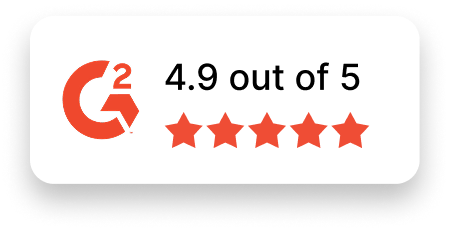Firmware Engineer Job Description Template
Use this template to craft job descriptions for hiring Firmware Engineers. Customize it to align with your organization’s unique needs and goals.
Job Title: Firmware Engineer
Location: [Specify Location or Remote]
Job Type: [Full-time/Part-time/Contract]
About the Role
We are seeking a skilled and driven Firmware Engineer to develop and optimize embedded system-level software for innovative hardware products. You will play a vital role in designing, coding, testing, and debugging firmware to ensure our devices perform seamlessly. This position offers a unique opportunity to work on cutting-edge technology and solve complex challenges that impact real-world applications.
If you are passionate about embedded systems and enjoy working on multidisciplinary projects, we’d love to have you on our team!
Responsibilities
- Design and implement high-performance firmware for embedded devices.
- Collaborate with hardware engineers to integrate firmware with hardware components.
- Optimize firmware for performance, power consumption, and reliability.
- Debug and fix issues in firmware and hardware systems as needed.
- Conduct code reviews to ensure best practices and maintain code quality.
- Develop and execute tests to validate firmware functionality and performance.
- Create and maintain comprehensive technical documentation for firmware designs and workflows.
- Stay informed about advancements in embedded systems, tools, and technologies to incorporate into projects.
- Participate in cross-functional meetings to align firmware development with overall project goals.
Required Skills & Experience
- Bachelor’s degree in Computer Engineering, Electrical Engineering, or a related field (or equivalent experience).
- Proficiency in programming languages such as C, C++, or assembly language.
- Strong understanding of embedded systems, microcontrollers, and low-level hardware programming.
- Experience with RTOS (Real-Time Operating Systems) and embedded operating systems.
- Familiarity with hardware protocols like UART, SPI, I2C, and CAN.
- Ability to read and understand circuit schematics and datasheets.
- Experience with version control systems like Git.
- Excellent analytical and problem-solving skills.
- Effective communication and teamwork skills to collaborate in a multidisciplinary environment.
Nice-to-Have Skills
- Experience with firmware development for IoT devices or wireless communication protocols.
- Knowledge of debugging tools such as oscilloscopes, logic analyzers, and JTAG debuggers.
- Familiarity with scripting languages like Python for automation and testing.
- Background in safety-critical systems or compliance standards like ISO 26262.
- Experience with tools such as Keil, IAR, or MPLAB.
- Understanding of secure coding practices for embedded systems.
- Portfolio or examples demonstrating completed firmware projects.
Why Join Us?
- Innovative Projects: Work on groundbreaking products that push the limits of technology.
- Collaborative Team: Join a team of passionate engineers who value knowledge-sharing and creativity.
- Growth Opportunities: Advance your skills through professional development, training, and resources.
- Flexible Work Options: Enjoy work-life balance with remote or hybrid opportunities tailored to you.
- Inclusive Culture: Be part of a diverse and welcoming workplace that values your unique contributions.
Apply Now
Are you ready to develop the next generation of cutting-edge firmware? Join [Your Company Name] as a Firmware Engineer and play a vital role in innovating technology that drives the future. Apply today!

